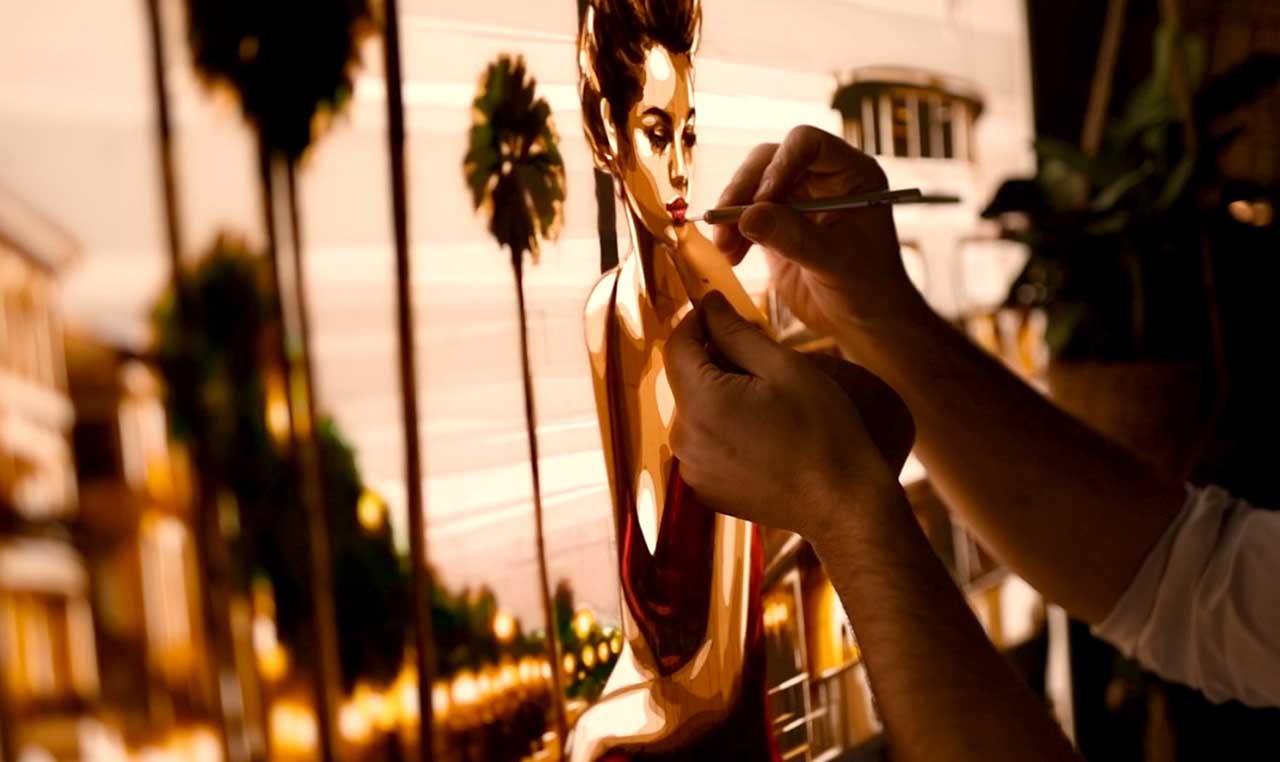
Max Zorn transforms ordinary packing tape into luminous art
Tape Art
Tape art began quietly, on city walls and sidewalks, as artists discovered adhesive tape as a versatile, impermanent way to craft striking visuals without paint or permission. From those early urban experiments in the 1960s, it evolved into a dynamic artistic medium—covering everything from expansive murals to intricate installations that captivate both street corners and gallery spaces. Its simplicity and spontaneity drew a global following, bridging temporary street interventions with lasting artistic impact.
Among this creative genre, Max Zorn has been a key catalyst, melding street art energy with refined presentation. Since 2011, he’s layered brown packing tape onto acrylic, carved it by hand, and backlit the pieces on nocturnal Amsterdam lampposts. This blend of precision, ambiance, and storytelling helped bring tape art into art fairs, international festivals, and museum retrospectives like MUCA Munich’s City Lights
How long does Tape Art last?
Max Zorn’s tape artworks are engineered to stand the test of time. Each piece is built from archival brown packing tape on clear acrylic glass; the tape itself is a polypropylene film with a UV‑stable acrylic adhesive. After carefully layering the image, Zorn seals it under clear tape and mounts it between rigid acrylic panels, creating an airtight barrier that blocks oxygen and moisture and keeps edges from lifting . These techniques ensure that his illuminated scenes remain vibrant and structurally sound for years. For a deeper look at the materials, sealing methods and care guidelines, explore our Tape Art Longevity & Preservation Guide.
Ready to dive deeper? Choose your story:
Want the full history and global scene? Head to Tape Art Explained.
Curious about Zorn’s unique process and influence? Click here
Find an archive of Max Zorn’s past tape art projects here
